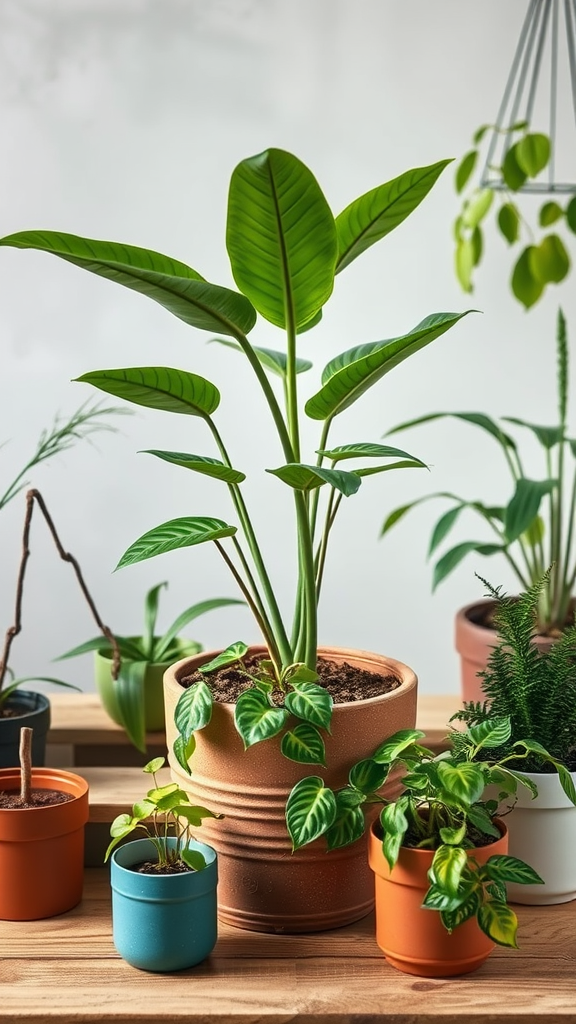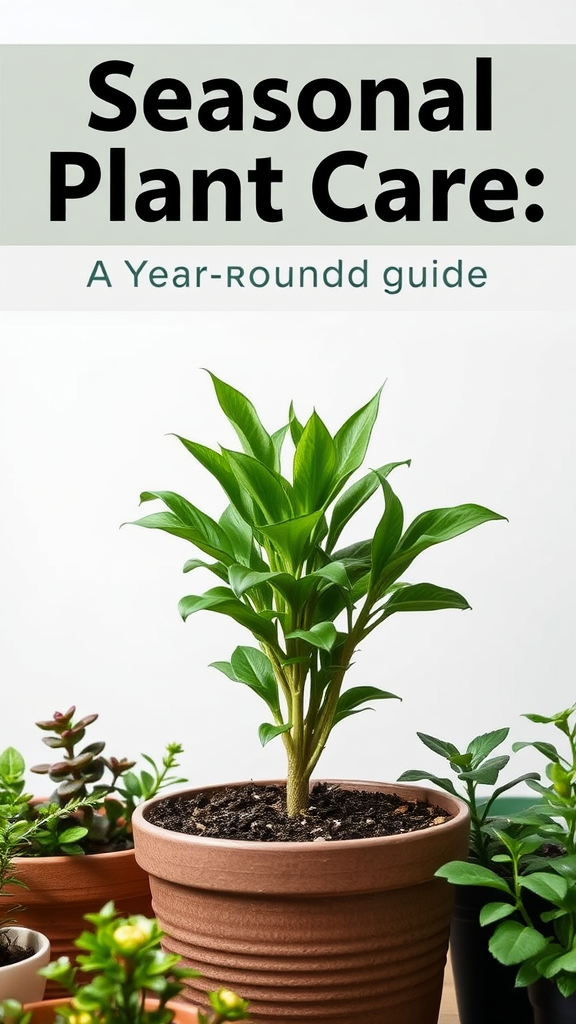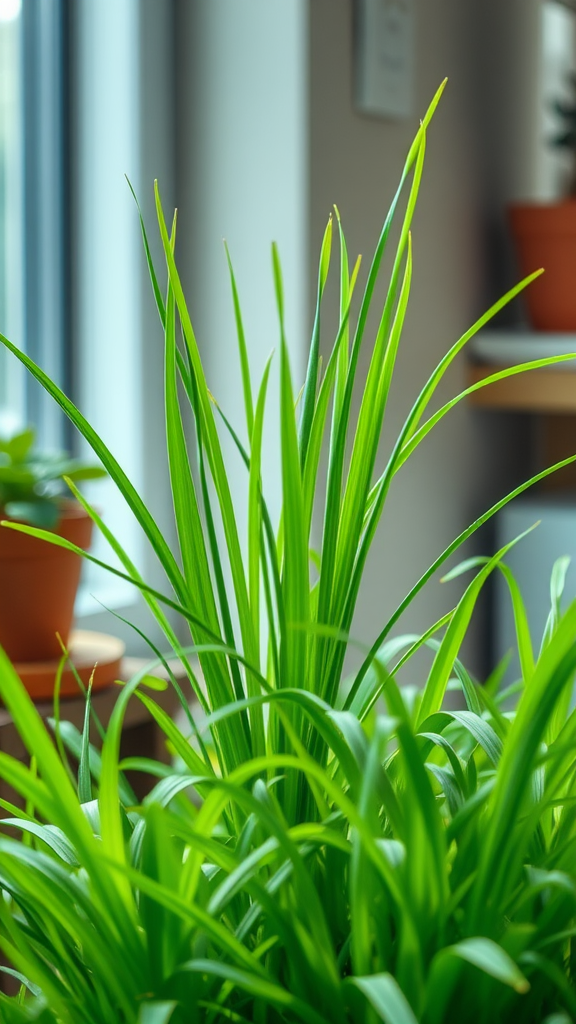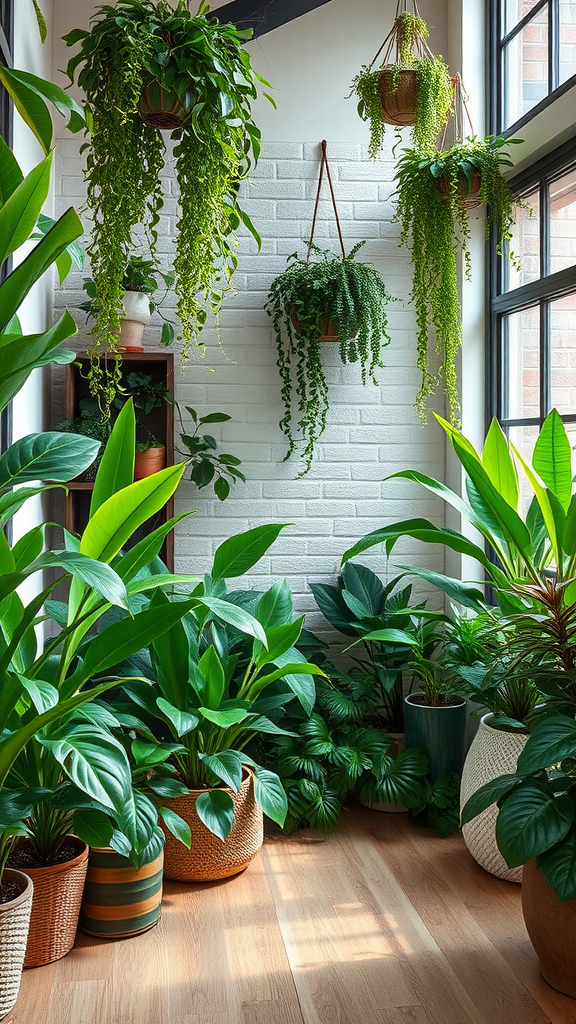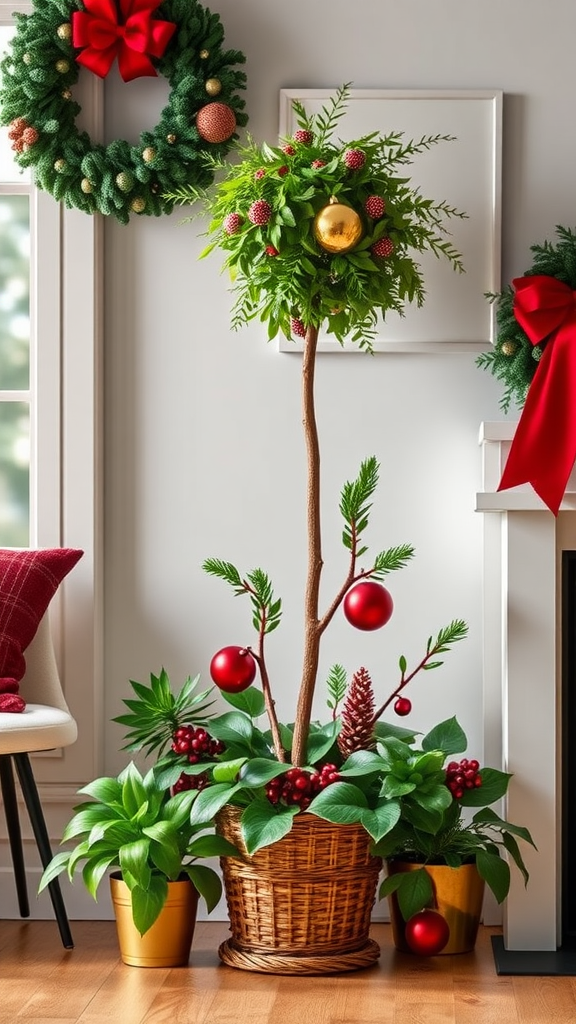Mastering the Art of Repotting: 7 Steps to Repot Your Plants Like a Pro
Repotting your plants can seem like a daunting task, but with the right steps, you’ll be able to master this essential skill. Follow these seven steps to repot your plants like a pro and watch them thrive in their new homes.
Step 1: Gather Your Materials
Before you begin, ensure you have everything you need at hand. Here’s a quick list of materials:
- New pot (1-2 inches larger in diameter than the current one)
- Fresh potting soil
- Gardening gloves
- Scissors or pruning shears
- Water
- A small trowel or your hands
Step 2: Choose the Right Time
The best time to repot your plants is during the growing season, typically in spring or early summer. This allows the plants to recover and adapt better to their new environment. Avoid repotting when your plants are dormant, as they may struggle to adjust.
Step 3: Prepare the New Pot
Before transferring your plant, prepare the new pot. Make sure it has drainage holes at the bottom to prevent water from pooling, which can lead to root rot. Add a layer of fresh potting soil to the bottom of the new pot; this will give your plant a solid foundation.
Step 4: Remove the Plant from Its Current Pot
To remove your plant, gently squeeze the sides of the existing pot to loosen the roots. If necessary, use scissors to cut through any stubborn roots that have wrapped around the pot. Carefully tip the pot sideways and gently pull your plant out. It’s important to do this slowly to avoid damaging the roots.
Step 5: Inspect and Trim the Roots
Once your plant is out, take a moment to inspect the roots. Healthy roots should be white and firm. If you notice any brown or mushy roots, trim them back with clean scissors. This helps to promote new growth and keeps your plant healthy. If your plant is root-bound, gently tease the roots apart to encourage them to spread out in the new pot.
Step 6: Plant Your Green Friend
Now it’s time to place your plant into its new home. Position it in the center of the new pot and fill around it with fresh potting soil. Aim to plant it at the same depth as it was in the original pot. Make sure to pack the soil gently but firmly to remove any air pockets. Water lightly after planting to help settle the soil.
Step 7: Care for Your Repotted Plant
After repotting, your plant may need a little extra care. Place it in a location with indirect sunlight for a few days to help it acclimate without stress. Be careful not to overwater; allow the soil to dry slightly before watering again. Monitor your plant closely for signs of stress, such as wilted leaves or drooping stems, and adjust your care routine as needed.
Following these seven steps will ensure that you repot your plants effectively and help them flourish in their new environment. Don’t forget that each plant is unique, so pay attention to its specific needs. Happy gardening!
The Benefits of Repotting: Why Your Plants Thrive After a Change
Repotting your plants can feel like a daunting task, but the benefits that come with it are numerous. Not only does repotting promote a healthier growth environment, but it can also rejuvenate your beloved plants. Let’s explore why repotting is essential and how it helps plants thrive after a change.
Enhanced Root Development
Roots are the lifeblood of your plants. When they become root-bound, their growth can be stunted. Repotting offers plants fresh, nutrient-rich soil, which encourages root expansion. A larger pot means more room for roots to explore and absorb water and nutrients effectively. Follow these tips to enhance root development:
- Choose a pot that is at least 2 inches larger in diameter than the previous one.
- Gently loosen any tightly bound roots before placing them in the new pot.
- Position the plant in the center of the new container to allow for even root growth.
Fresh Nutrient Source
Over time, the soil in your plant’s pot can become depleted. Repotting introduces fresh soil with new nutrients that plants need to thrive. This replenishment is particularly beneficial if you notice yellowing leaves or stunted growth. Ensure that you use a potting mix suitable for your plant type for optimal results.
Improved Drainage
Proper drainage is crucial for the health of your plants. In old or compacted soil, water can become easily trapped, leading to root rot. When you repot, you can enhance drainage by:
- Using pots with drainage holes to prevent excess water accumulation.
- Adding perlite or coarse sand to the potting mix to increase airflow and drainage.
Boosted Air Circulation
Just like we need to breathe, plants also require good airflow for their roots. Tight, compact soil can restrict air circulation, which can lead to unhealthy roots. By repotting, you create a well-aerated environment for the roots to thrive. This is particularly effective for plants that are sensitive to overwatering, as improved air circulation can help their roots breathe better.
Stimulation of Growth
Plants can go through growth spurts after being repotted. The combination of fresh soil, more space, and improved drainage can encourage your plants to focus on growth rather than survival. After repotting, you may notice rapid increases in leaves, flowers, or even fruit. This renewed vigor adds beauty and vitality to your indoor or garden space.
Adjustment to Environmental Changes
Sometimes, environmental factors such as light and humidity can change, affecting plant health. Repotting gives you the chance to reposition your plants while also ensuring they have the best soil conditions to adapt to new environments. This way, they have a fighting chance when faced with any subtle changes in their surroundings.
Better Pest Management
Pest infestations can sometimes go unnoticed until it’s too late. By repotting, you can inspect your plants closely, allowing you to catch any signs of pests early. Bark beetles, spider mites, and aphids can thrive in older soil. When you change the potting soil, you also disrupt any potential pest habitats, making it harder for them to settle in.
Additionally, you can apply natural pest control measures during repotting, such as neem oil, to prevent future infestations.
Repotting may require some effort, but the positive outcome for your plants is well worth it. By enhancing root development, introducing fresh nutrients, and improving drainage and air circulation, you are giving your plants the best chance for a healthy life. So, the next time you see your plants showing signs of being root-bound or unhealthy, consider repotting as a beneficial solution that can promote their lasting success.
Conclusion
Successfully repotting your plants is an essential skill that can significantly enhance their health and prosperity. As you’ve learned through the seven steps outlined, each phase—from selecting the right pot to properly watering post-repotting—plays a crucial role in ensuring your plants thrive. Taking the time to master the art of repotting not only fosters robust growth but also creates an inviting environment for your greenery.
The benefits of repotting extend beyond just the visual appeal of new pots. By providing your plants with fresh soil, more space, and improved drainage, you enable them to access nutrients more effectively. These changes might seem small, but they have substantial impacts, resulting in happier, healthier plants.
Make repotting a regular part of your plant care routine, and observe how your indoor or outdoor greenery transforms. When done correctly, this vital process prevents root rot, stunted growth, and invites new life into the container.
Embarking on this journey of plant repotting can make a noticeable difference in your gardening experience. You’ll find joy in watching your plants flourish and develop strong roots, literally and figuratively, in their new homes. With your newfound skills, you can confidently repot like a pro and ensure your plants not only survive but thrive. Happy gardening!

